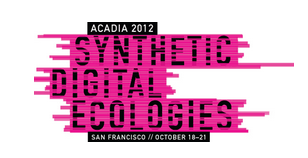Title: Reactive Light Design in the ‘laboratory of the street’
Authors: Esben Skouboe Poulsen, Hans Jørgen Andersen
Abstract: This paper presents and discusses results related to a full-scale responsive urban lighting experiment and introduces a light design methodology inspired by reactive control strategies in robot systems. The experiment investigates how human motion intensities can be used as input to light design in a reactive system. Using video from 3 thermal cameras and computer vision analysis, people’s flow patterns were monitored and sent as input into a reactive light system. Using physical as well as digital models 4 different light scenarios are designed and tested in full-scale. Results show that people in the square did not engage in the changing illumination and often they did not realize that the light changed according to their presence. However, from the edge of the square people observed the light patterns “painted” on the city square, as some people became actors on the urban stage, often without knowing. Furthermore, the experiment showcased power savings up to 90%, depending on the response strategy.


